The OLED TV that Squints No More: Samsung’s Anti-Glare Marvel
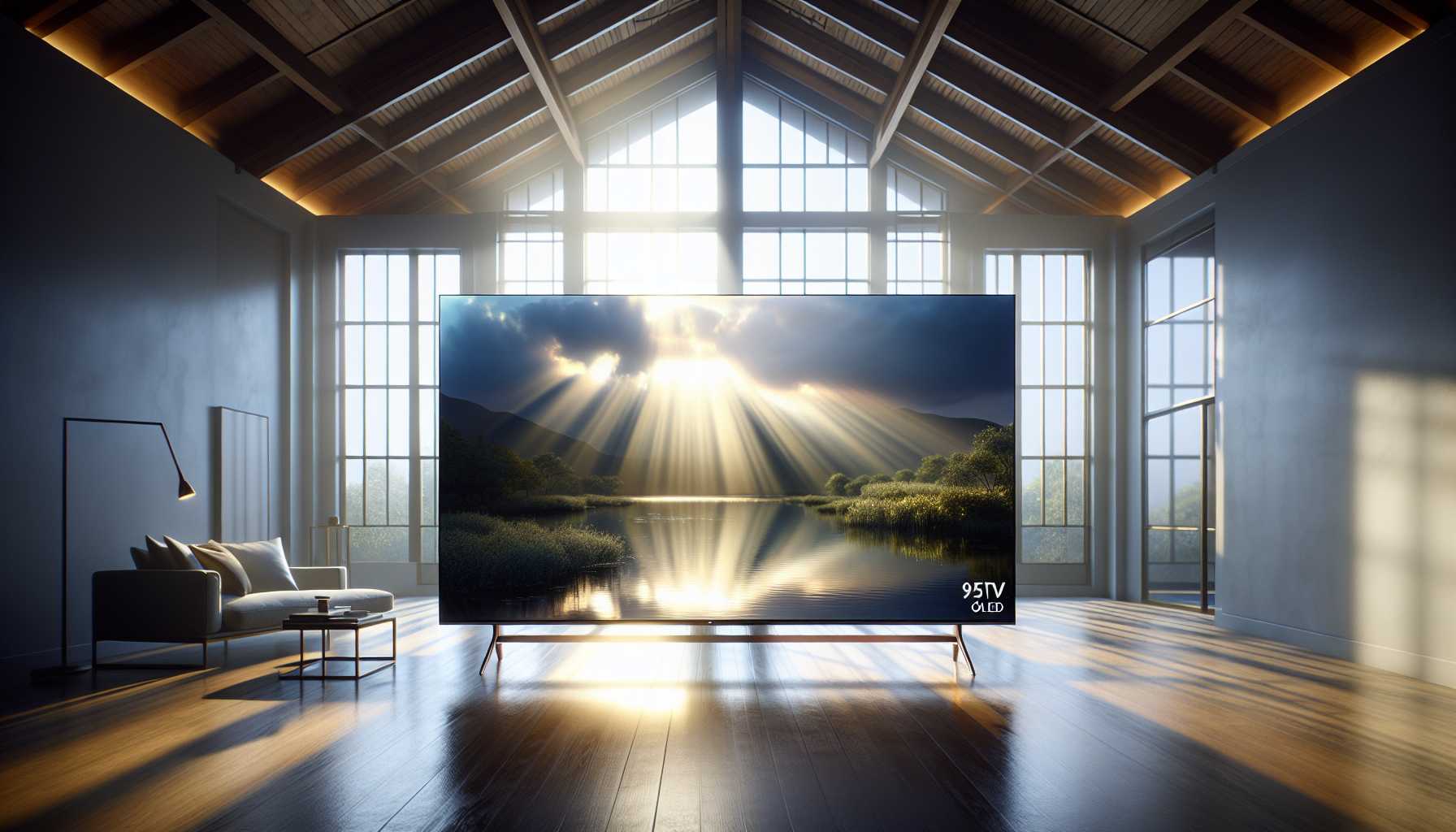 This year at CES, Samsung’s flagship OLED TV, the S95D, stole the show with its glare-free screen treatment — an innovation pretty much anyone who’s battled with sunny rooms and irksome reflections will cheer for. While I’m a bit miffed about Samsung’s snub of Dolby Vision, the potential 3,000 nits peak brightness is nothing to scoff at. Despite the competition heating up with Mini LED offerings, Samsung’s viewing angle flexibility remains unrivaled. Indulge in the sumptuous visuals without the usual glare-grievances — a quality-of-life upgrade that could redefine our living room experience.
This year at CES, Samsung’s flagship OLED TV, the S95D, stole the show with its glare-free screen treatment — an innovation pretty much anyone who’s battled with sunny rooms and irksome reflections will cheer for. While I’m a bit miffed about Samsung’s snub of Dolby Vision, the potential 3,000 nits peak brightness is nothing to scoff at. Despite the competition heating up with Mini LED offerings, Samsung’s viewing angle flexibility remains unrivaled. Indulge in the sumptuous visuals without the usual glare-grievances — a quality-of-life upgrade that could redefine our living room experience.
PC Building’s New Clean: Clutter-Free is the Future
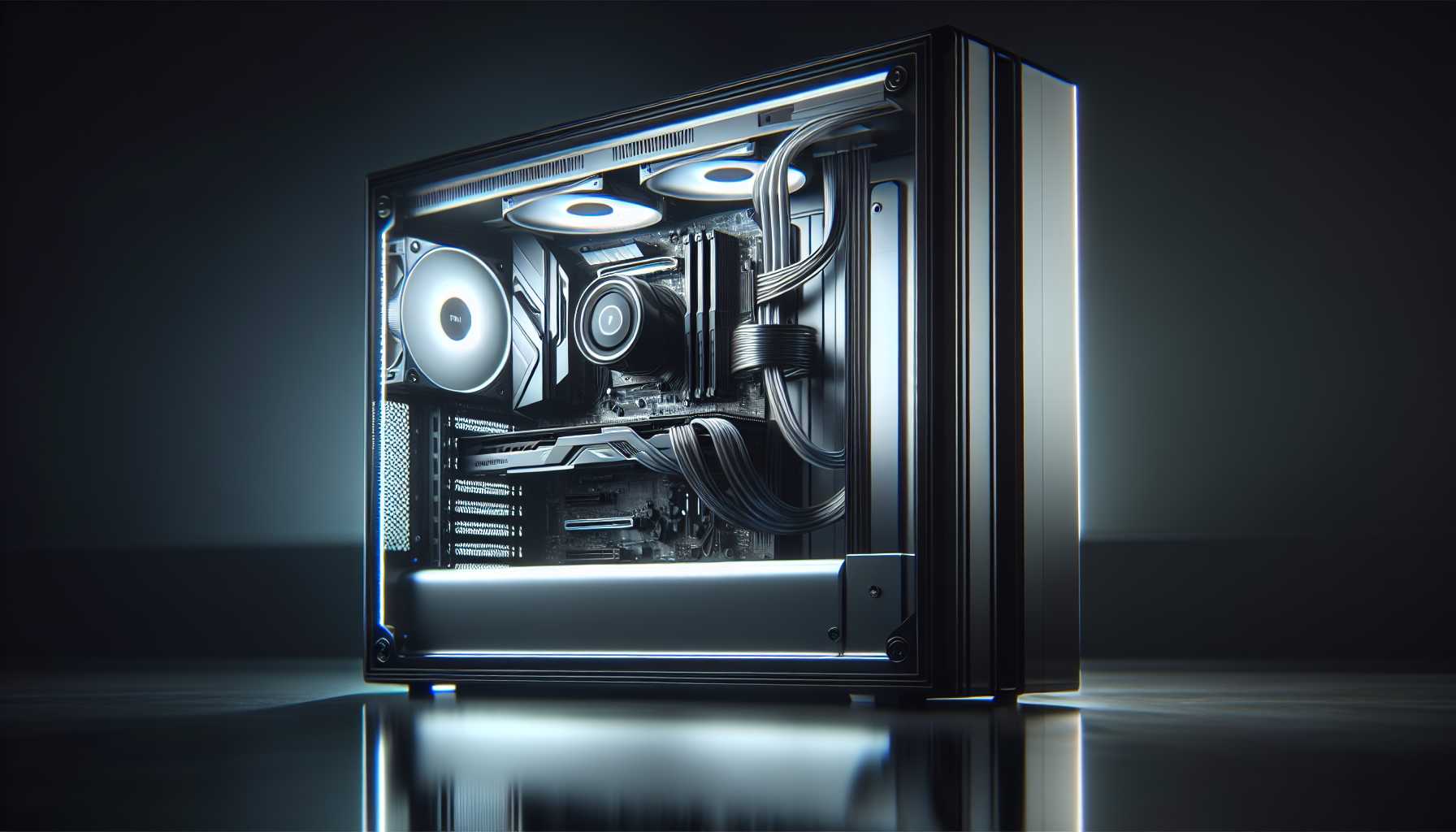 Kiss tangled wires goodbye with MSI’s Project Zero and similar innovations aiming to make PC builds neat and hassle-free. The connectors moving to the back of motherboards and the power connector vanishing from GPUs, like Asus’ new RTX 4090, are a breath of fresh air. This shift towards minimal cable management isn’t just about aesthetics; it is a stride towards simplicity in customization. It reflects a broader industry trend of creating sleek, user-friendly, and efficient tech environments. Here’s hoping for a unified standard that’ll bring us closer to a clutter-free tech utopia.
Kiss tangled wires goodbye with MSI’s Project Zero and similar innovations aiming to make PC builds neat and hassle-free. The connectors moving to the back of motherboards and the power connector vanishing from GPUs, like Asus’ new RTX 4090, are a breath of fresh air. This shift towards minimal cable management isn’t just about aesthetics; it is a stride towards simplicity in customization. It reflects a broader industry trend of creating sleek, user-friendly, and efficient tech environments. Here’s hoping for a unified standard that’ll bring us closer to a clutter-free tech utopia.
The Rise of Qi2: Magnetism Meets Functionality
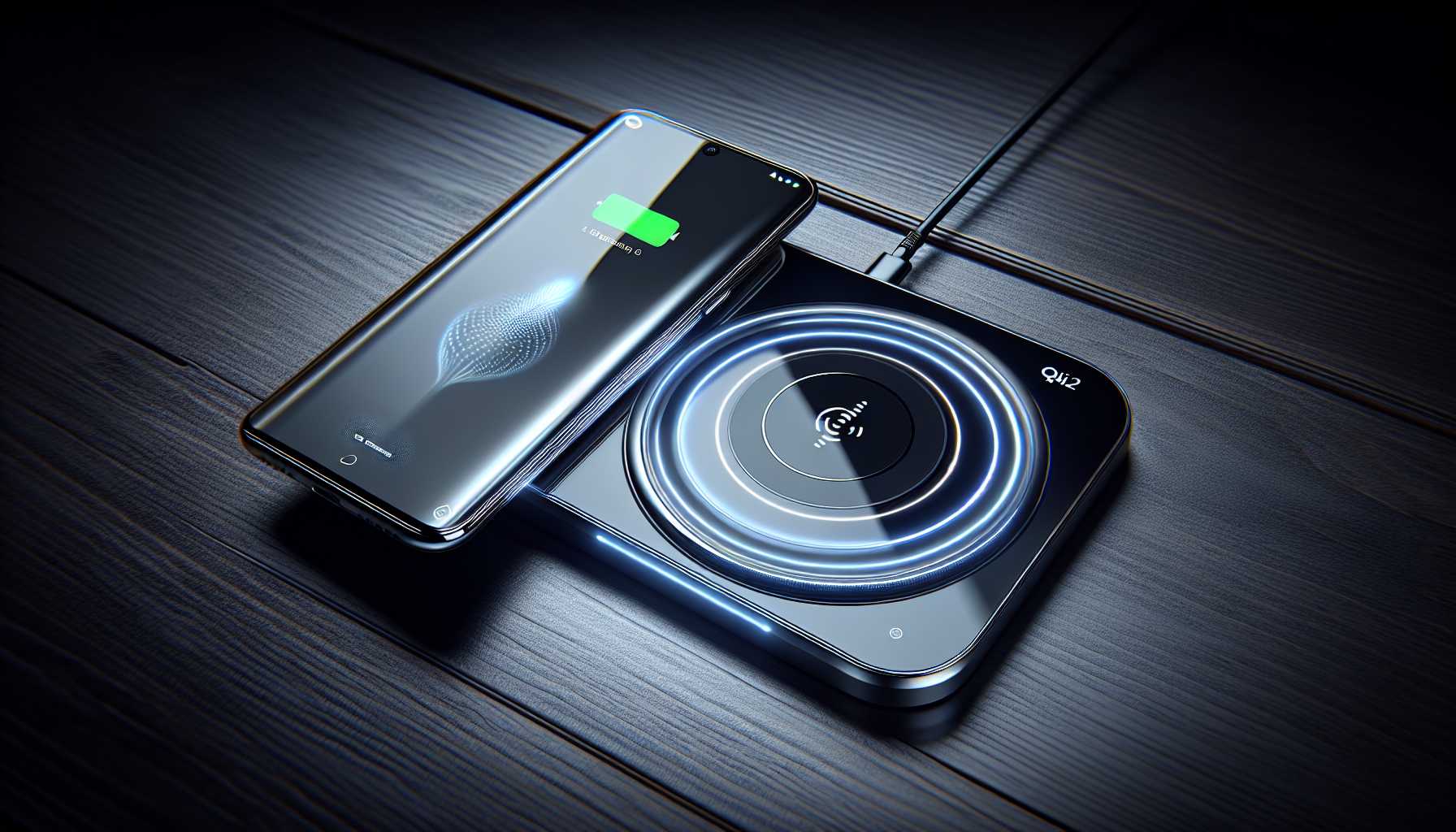 Qi2 emerged as a standout at CES, ingeniously blending the convenience of MagSafe magnets with the universality of the Qi wireless charging standard. It’s a game-changer for iPhone users, offering MagSafe speeds without the premium price tag. As a tech investor, the scalability and cost-effectiveness of Qi2 technology are exciting. With a potential expansion into Android devices, Qi2 is set to revolutionize the wireless charging domain in a magnetic way.
Qi2 emerged as a standout at CES, ingeniously blending the convenience of MagSafe magnets with the universality of the Qi wireless charging standard. It’s a game-changer for iPhone users, offering MagSafe speeds without the premium price tag. As a tech investor, the scalability and cost-effectiveness of Qi2 technology are exciting. With a potential expansion into Android devices, Qi2 is set to revolutionize the wireless charging domain in a magnetic way.
Wearable Innovation: The Evie Ring Shines
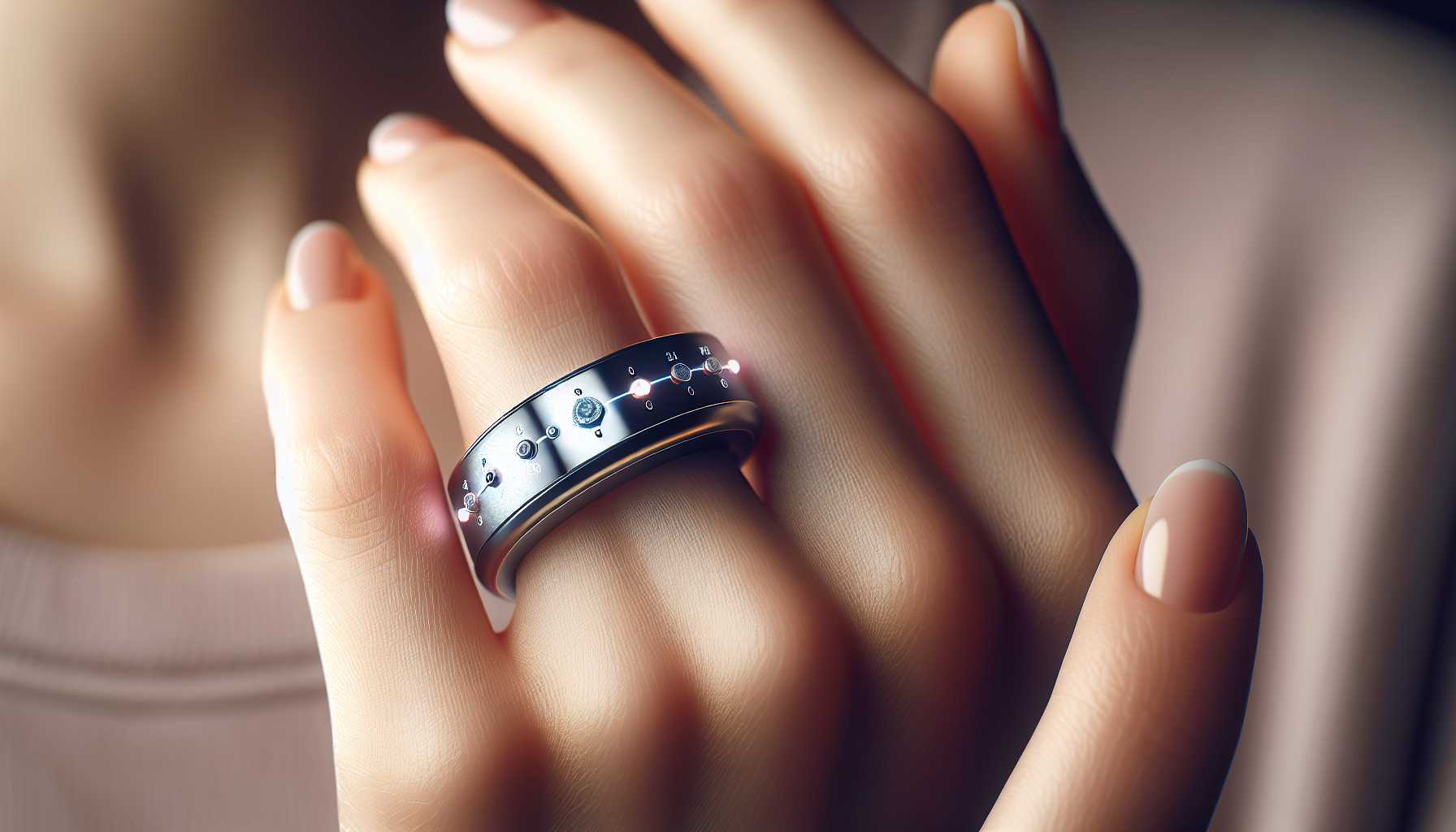 Smart rings have been around, but Movano’s Evie Ring is making waves, transforming CES concepts into consumer reality. It’s not just about expansive sensor accuracy; the ring’s design accounts for daily physical shifts, like swollen fingers. Movano’s dedication to pursuing FDA clearance despite not needing it earns my respect for their commitment to accuracy and user trust. In an age where wearables are becoming more common, Movano sets a precedent for prioritizing consumer health.
Smart rings have been around, but Movano’s Evie Ring is making waves, transforming CES concepts into consumer reality. It’s not just about expansive sensor accuracy; the ring’s design accounts for daily physical shifts, like swollen fingers. Movano’s dedication to pursuing FDA clearance despite not needing it earns my respect for their commitment to accuracy and user trust. In an age where wearables are becoming more common, Movano sets a precedent for prioritizing consumer health.
Kia’s PV5: On the Road to Revolution
 The Kia PV5 might not be the most eye-catching car you’ve ever seen, but it’s the concept behind its design that’s groundbreaking. It introduces a malleable chassis with interchangeable cargo areas — a novel approach in the automotive industry. Vans might carry a reputation from roadway yesteryears, but Kia’s PV5 posits a new vision of utility that could pave the way for innovative vehicle platforms. Sometimes, true change is about practical evolution rather than flashy aesthetics.
The Kia PV5 might not be the most eye-catching car you’ve ever seen, but it’s the concept behind its design that’s groundbreaking. It introduces a malleable chassis with interchangeable cargo areas — a novel approach in the automotive industry. Vans might carry a reputation from roadway yesteryears, but Kia’s PV5 posits a new vision of utility that could pave the way for innovative vehicle platforms. Sometimes, true change is about practical evolution rather than flashy aesthetics.
Ballie: A Rolling Companion Awaiting Its Moment
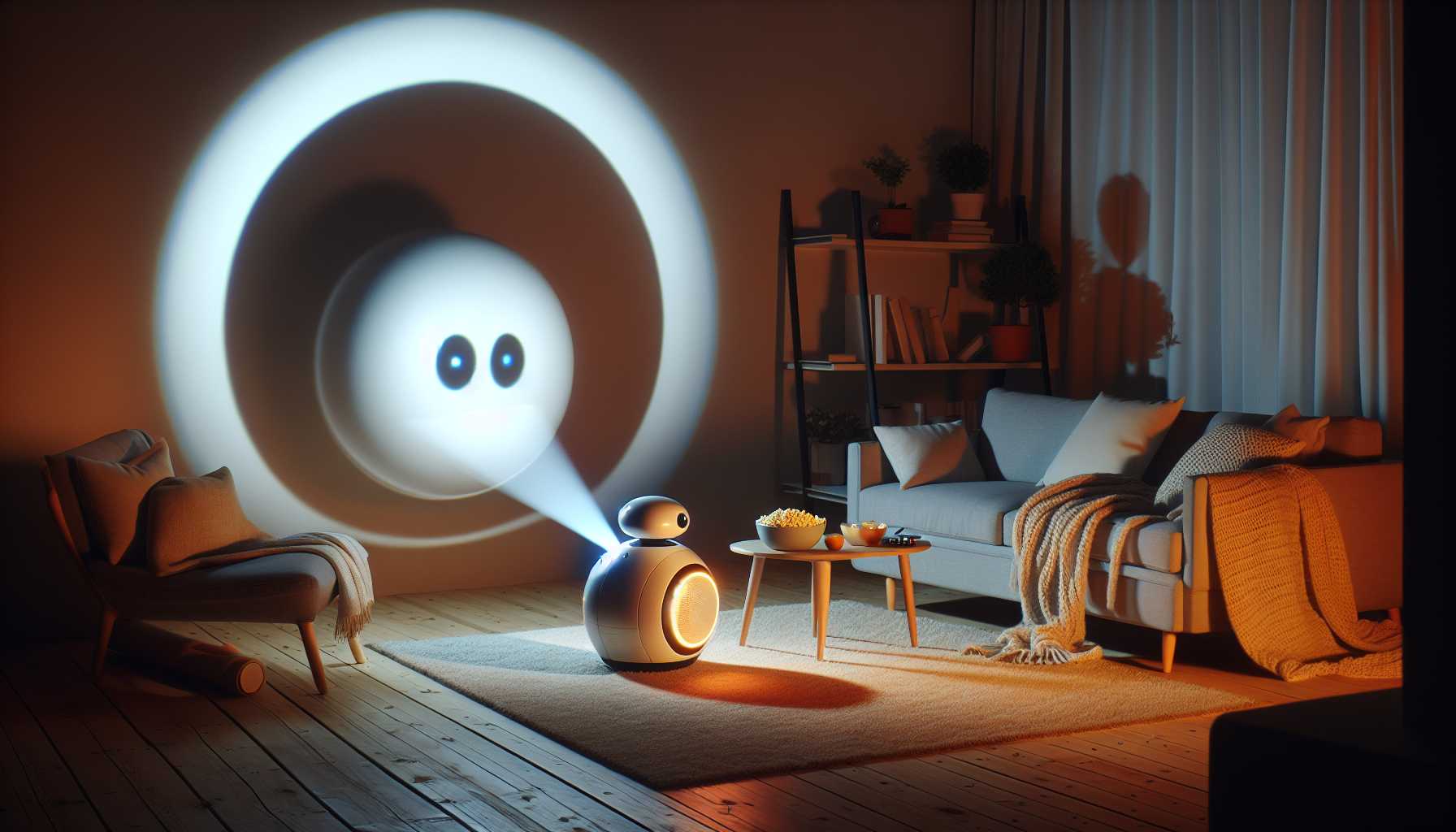 Ballie — Samsung’s answer to the personal assistant robot — rolled back into the limelight as a quirky, mobile projector. But beyond its intriguing capabilities lies the question of its real-world utility and the ever-elusive pricing and availability. While it’s easy to be charmed by Ballie’s concept, as a tech investor, I’m keenly aware of the gap between a delightful prototype and a commercially viable product. Could 2024 be the year Ballie finally jumps from CES floors to consumer spaces? We wait with bated breath.
Ballie — Samsung’s answer to the personal assistant robot — rolled back into the limelight as a quirky, mobile projector. But beyond its intriguing capabilities lies the question of its real-world utility and the ever-elusive pricing and availability. While it’s easy to be charmed by Ballie’s concept, as a tech investor, I’m keenly aware of the gap between a delightful prototype and a commercially viable product. Could 2024 be the year Ballie finally jumps from CES floors to consumer spaces? We wait with bated breath.
The Stelo: A New Chapter in Diabetes Management
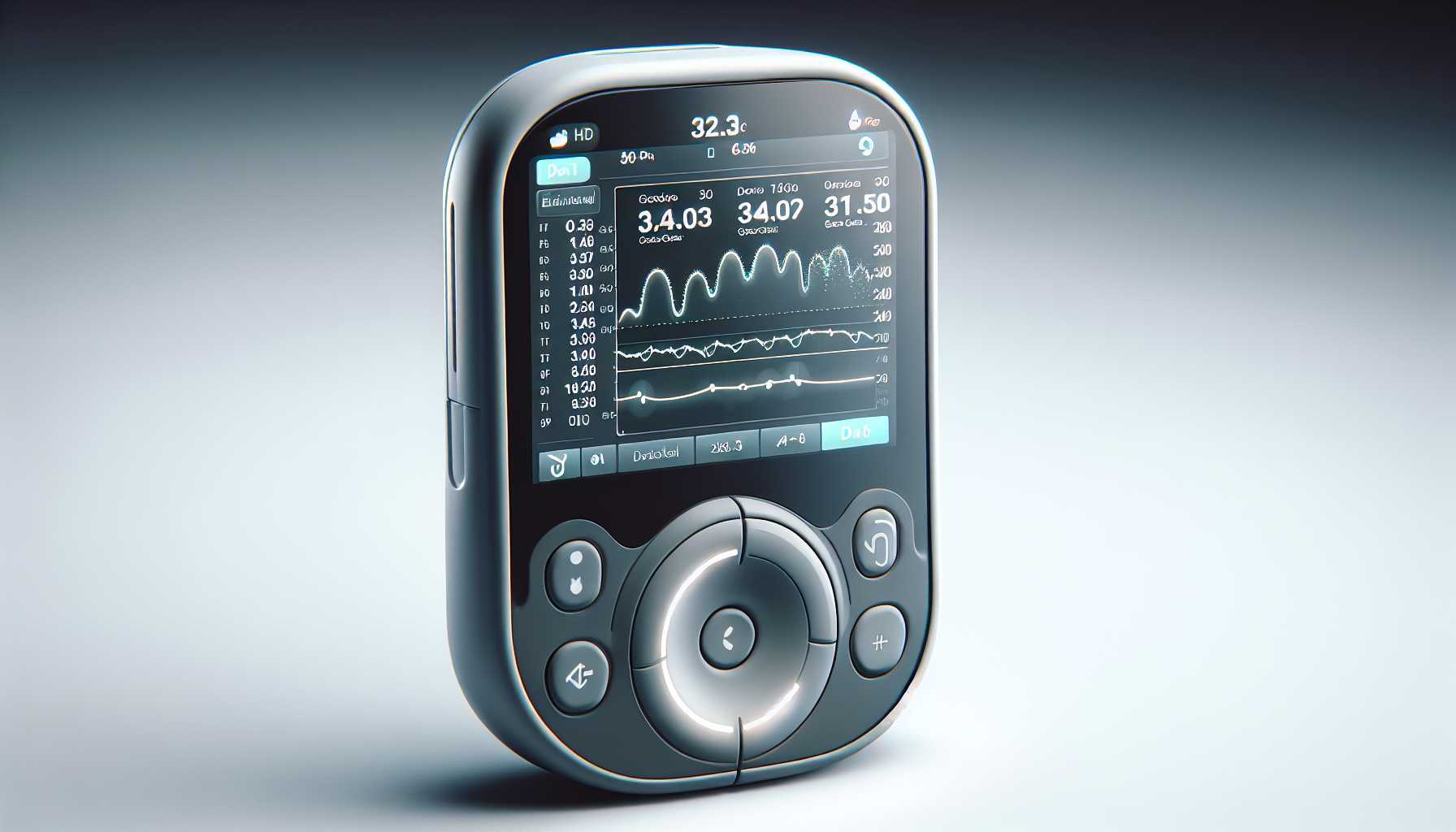 Dexcom’s Stelo continuous glucose monitor (CGM) stood out for its mission to provide accessible diabetes management to Type 2 patients. It’s not just another CGM; it’s an educational tool geared towards helping patients understand their condition better. Accessibility is pivotal in healthcare tech, and Stelo’s model could be a significant stride toward affordable disease management. It’s refreshing to see a product with the potential for profound societal impact amid the multitude of concept gadgets.
Dexcom’s Stelo continuous glucose monitor (CGM) stood out for its mission to provide accessible diabetes management to Type 2 patients. It’s not just another CGM; it’s an educational tool geared towards helping patients understand their condition better. Accessibility is pivotal in healthcare tech, and Stelo’s model could be a significant stride toward affordable disease management. It’s refreshing to see a product with the potential for profound societal impact amid the multitude of concept gadgets.
Dazzling Displays: Alienware AW3225QF Leads the Pack
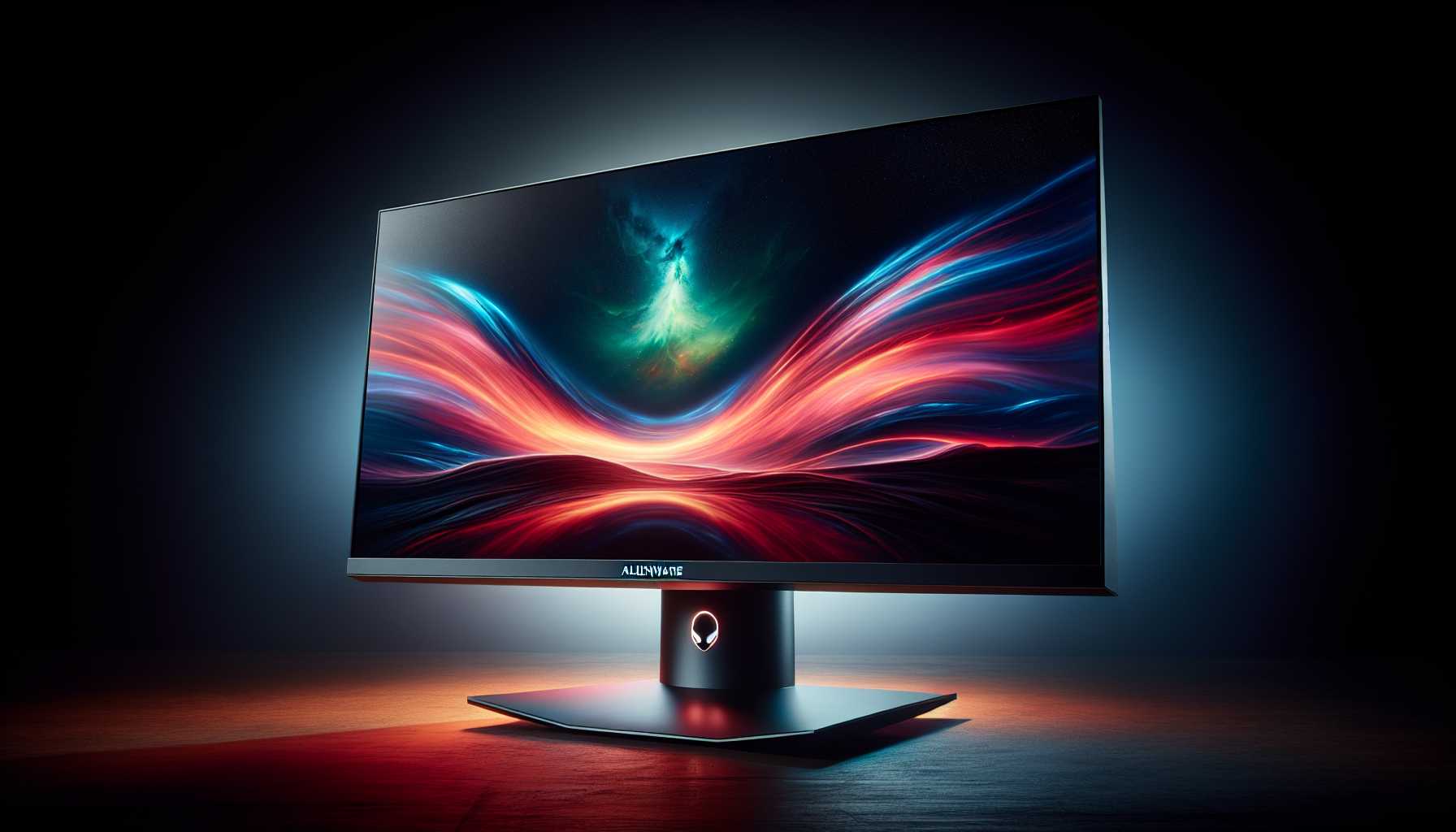 OLED monitors made a strong showing at CES, with Samsung and LG dropping jaws with their dynamic, high-resolution screens. Yet, Alienware’s AW3325QF managed to commandeer my attention, blending the rich colors of OLED with the robust brightness quantum dots provide. Alienware’s edge? A burn-in warranty that champions consumer trust — a savvy move other brands should note. This display encapsulates how the right blend of technology and consumer care can deliver a win in the market.
OLED monitors made a strong showing at CES, with Samsung and LG dropping jaws with their dynamic, high-resolution screens. Yet, Alienware’s AW3325QF managed to commandeer my attention, blending the rich colors of OLED with the robust brightness quantum dots provide. Alienware’s edge? A burn-in warranty that champions consumer trust — a savvy move other brands should note. This display encapsulates how the right blend of technology and consumer care can deliver a win in the market.
EcoFlow Delta Pro Ultra: Powering a Smarter Home
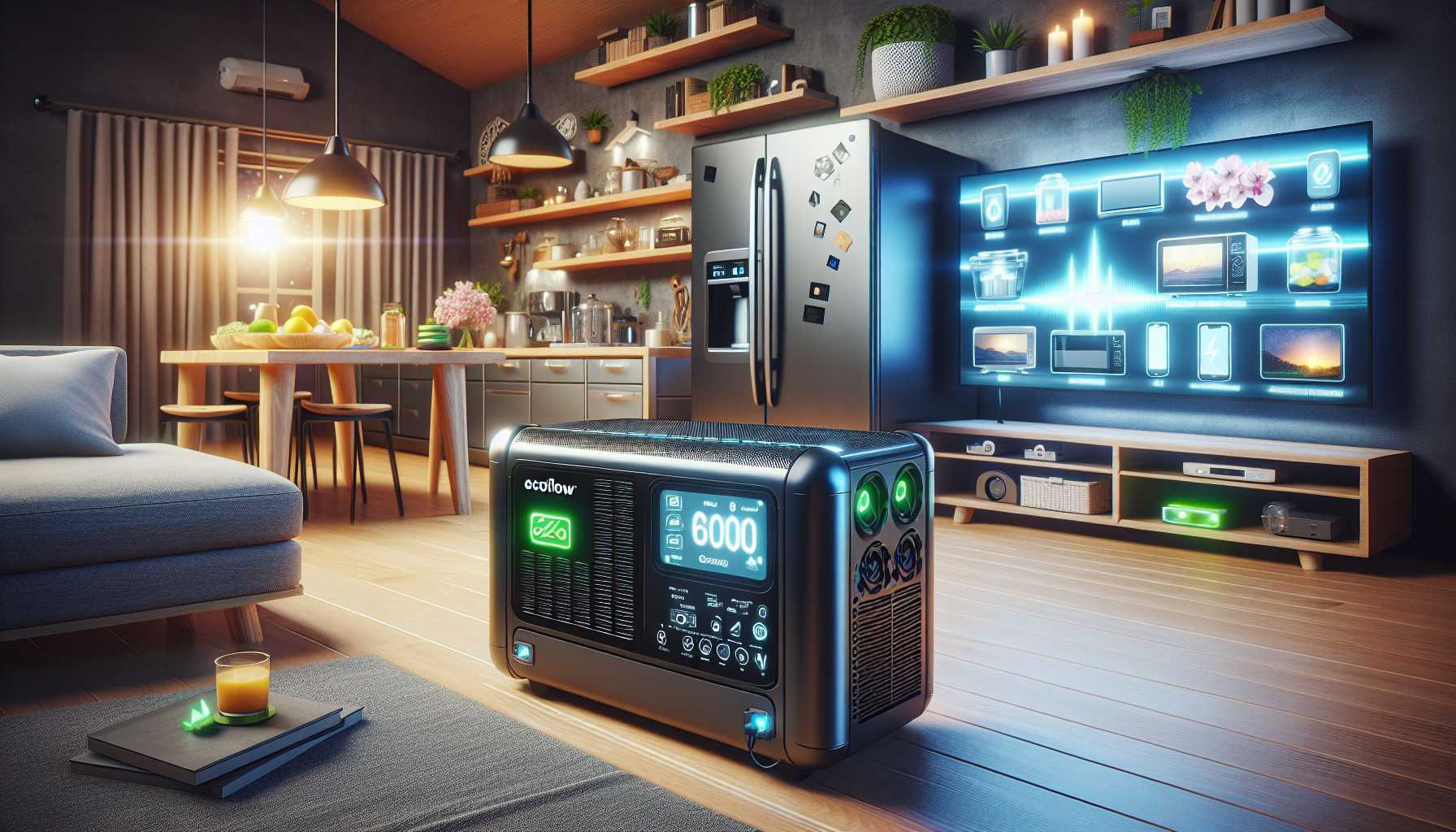 In an age where power reliability is increasingly tested, EcoFlow’s Delta Pro Ultra introduces a whole-home battery generator that speaks to both emergency preparedness and sustainable living. Its modular approach aligns with my tech investment philosophy: start small, scale big. Pair it with solar panels, a connected subpanel, and their app for intelligent energy management, and you’ve got a smart solution that doesn’t just respond to modern energy challenges but anticipates them.
In an age where power reliability is increasingly tested, EcoFlow’s Delta Pro Ultra introduces a whole-home battery generator that speaks to both emergency preparedness and sustainable living. Its modular approach aligns with my tech investment philosophy: start small, scale big. Pair it with solar panels, a connected subpanel, and their app for intelligent energy management, and you’ve got a smart solution that doesn’t just respond to modern energy challenges but anticipates them.
All About the AI: Embodiment of CES 2024
 Artificial intelligence (AI) was the omnipresent force at CES 2024, infiltrating a myriad of products and services, elevating them with richer, smarter capabilities. From AI-powered coaches in fitness tech to AI-charged laptops for optimized workflows, there’s no denying that AI has permeated the tech fabric. Amidst the flashy unveilings, however, lies the question: how do we ensure these AI augmentations genuinely enhance user experience rather than merely serving as marketing fluff? Each of these standouts presents not just a product or a trend but a narrative — a narrative of a tech community endlessly questing to innovate and enhance the human experience. Whether it’s through brilliant displays that fight sun glare, PC builds that inspire creativity, or healthcare devices that promise better management, CES 2024 has proven that technology remains our most dynamic and promising frontier.
Artificial intelligence (AI) was the omnipresent force at CES 2024, infiltrating a myriad of products and services, elevating them with richer, smarter capabilities. From AI-powered coaches in fitness tech to AI-charged laptops for optimized workflows, there’s no denying that AI has permeated the tech fabric. Amidst the flashy unveilings, however, lies the question: how do we ensure these AI augmentations genuinely enhance user experience rather than merely serving as marketing fluff? Each of these standouts presents not just a product or a trend but a narrative — a narrative of a tech community endlessly questing to innovate and enhance the human experience. Whether it’s through brilliant displays that fight sun glare, PC builds that inspire creativity, or healthcare devices that promise better management, CES 2024 has proven that technology remains our most dynamic and promising frontier.










